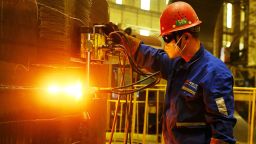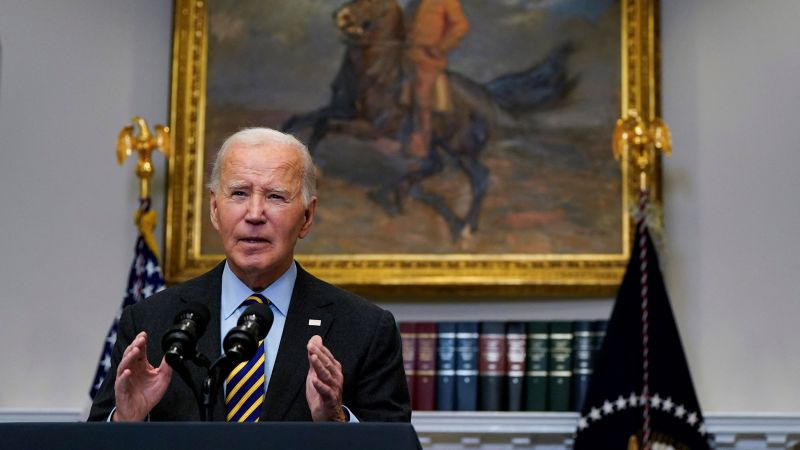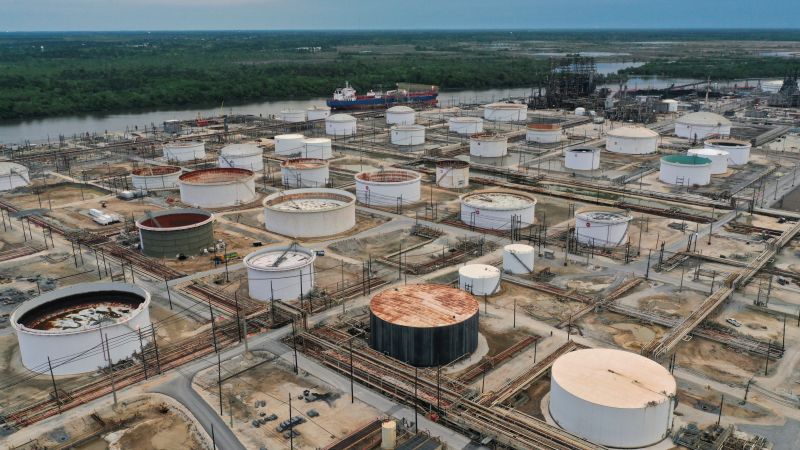China will adopt an “appropriately loose” monetary policy next year, alongside a more proactive fiscal policy to spur economic growth, the Politburo was quoted as saying Monday.
China will focus on expanding domestic demand and boosting consumption, state media Xinhua reported, citing a readout of a meeting of top Communist Party officials, the Politburo.
The remarks came ahead of the annual Central Economic Work Conference in the coming days to set key targets and policy intentions for next year.
Stocks jumped and China’s government bonds rallied following the Politburo meeting readout, with Hong Kong’s Hang Seng index climbing 2.8% to its highest in a month.
In 2025, authorities must adhere to “the principle of pursuing progress while maintaining stability,” Xinhua said.
“A more proactive fiscal policy and an appropriately loose monetary policy should be implemented, enhancing and refining the policy toolkit, strengthening extraordinary counter-cyclical adjustments,” the readout said.
The housing market and stock market must be stabilized, the Politburo added, without giving details.
Looser monetary policy
The new wording for monetary policy marks the first easing of the stance since late 2010, according to official announcements on the Politburo meetings.
“We think it points to strong fiscal stimulus, big (interest) rate cut and asset-buying in 2025,” said Xing Zhaopeng, ANZ’s senior China strategist. “The policy tone shows strong confidence against Trump threats” of tariffs.
China’s economy has struggled this year, prompting policymakers to act in September, with the central bank unveiling its most aggressive monetary easing since the pandemic, cutting interest rates and injecting 1 trillion yuan ($140 billion) into the financial system, among other steps.
China may just be able to reach its growth target of around 5% this year, but maintaining that pace in 2025 — as US President-elect Donald Trump returns to the White House, having threatened tariffs of 60% or more on Chinese imports — would be a difficult task.
The central bank has outlined five policy stances — “loose,” “appropriately loose,” “prudent,” “appropriately tight” and “tight” — with flexibility on either side of each.
China adopted an “appropriately loose” monetary policy after the 2008 global financial crisis, before switching to “prudent” in late 2010.
In November, China unveiled a 10 trillion yuan ($1.4 trillion) debt package to ease local government financing strains and stabilize flagging economic growth. But the debt measures aim to repair municipal balance sheets as a longer-term objective, rather than directly inject money into the economy.
Trump tariffs loom
China’s economy has shown an over-reliance on manufacturing and exports this year, with household demand disappointing as a severe property market crisis erodes consumer wealth and most government stimulus goes to producers and infrastructure.
Government advisers are recommending Beijing keeps its growth target unchanged next year, but have also called for more forceful fiscal stimulus to mitigate the impact of expected US tariffs and fend off deflationary pressures.
Trump’s tariff threats have rattled China’s industrial complex, which sells goods worth more than $400 billion annually to the United States.
China’s Finance Minister Lan Foan has said more stimulus measures are in the pipeline, without giving details.
Economists have urged Beijing to be more consumer-focused in its policies and offer stronger financial support for low-income residents, while pushing ahead with promised tax, welfare and other policy changes to address structural problems.
So far, however, Chinese authorities have focused on upgrading the export-reliant manufacturing sector instead, with remarkable success in electric vehicles, solar energy and batteries that has spurred pushback from key trade partners.




